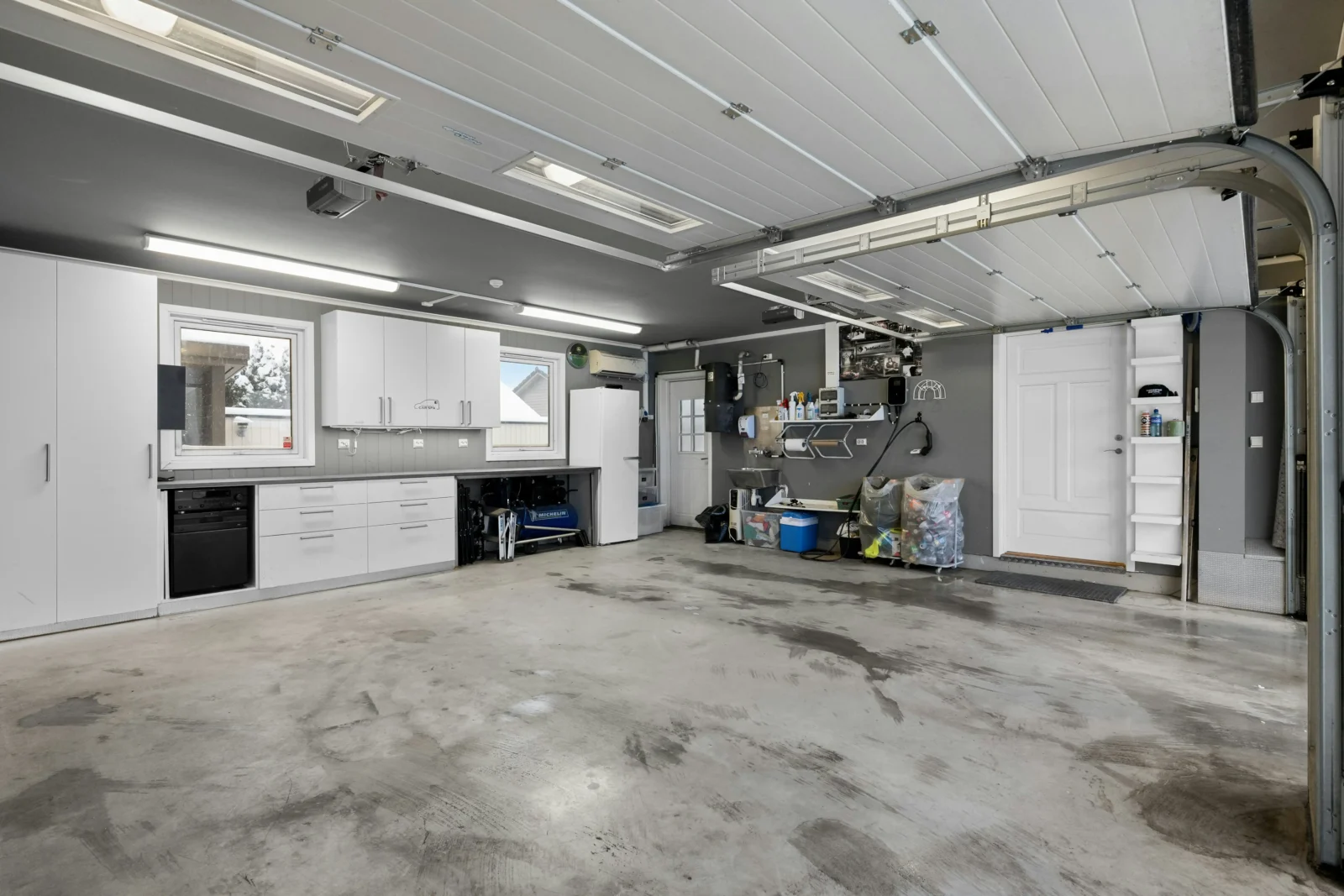- Home
- Articles
- Architectural Portfolio
- Architectral Presentation
- Inspirational Stories
- Architecture News
- Visualization
- BIM Industry
- Facade Design
- Parametric Design
- Career
- Landscape Architecture
- Construction
- Artificial Intelligence
- Sketching
- Design Softwares
- Diagrams
- Writing
- Architectural Tips
- Sustainability
- Courses
- Concept
- Technology
- History & Heritage
- Future of Architecture
- Guides & How-To
- Art & Culture
- Projects
- Interior Design
- Competitions
- Jobs
- Store
- Tools
- More
- Home
- Articles
- Architectural Portfolio
- Architectral Presentation
- Inspirational Stories
- Architecture News
- Visualization
- BIM Industry
- Facade Design
- Parametric Design
- Career
- Landscape Architecture
- Construction
- Artificial Intelligence
- Sketching
- Design Softwares
- Diagrams
- Writing
- Architectural Tips
- Sustainability
- Courses
- Concept
- Technology
- History & Heritage
- Future of Architecture
- Guides & How-To
- Art & Culture
- Projects
- Interior Design
- Competitions
- Jobs
- Store
- Tools
- More
Design Principles That Support High-Density Warehouse Storage

A well-organized warehouse significantly influences operational efficiency in a high-demand environment. High-density warehouse storage aims to maximize limited space while maintaining accessibility and efficiency. Understanding key design principles can lead to a more effective layout that maximizes inventory turnover, reduces costly errors, and enhances productivity, ensuring operators can swiftly meet customer demands.
Table of Contents
ToggleMaximizing Vertical Space
The first principle in high-density warehouse design focuses on utilizing vertical space. Modern warehouses often feature tall shelving units that can reach heights unsuitable for traditional storage. With the integration of high-bay racking systems, companies can utilize their cubic space to the fullest, instead of just relying on the floor area. These storage solutions often come with adjustments for various product sizes and weights, allowing for more efficient use of space.
It’s vital to implement materials handling equipment, like forklifts and automated retrieval systems, that can operate efficiently in this environment. Each aisle should be designed to accommodate the equipment capable of navigating these tall systems. The right warehouse storage solutions are instrumental in achieving a streamlined operation in a high-density layout. Regular inspections and maintenance of racking systems are important to ensure safety and longevity. Incorporating warehouse management software can optimize inventory placement and retrieval times.
Employee training on operating equipment in high-bay environments helps reduce the risk of accidents. Lighting and visibility enhancements can further improve efficiency when accessing higher shelves. Maximizing vertical space contributes to both cost savings and improved operational flow.

Creating Effective Aisle Configurations
Where products are stored is just as important as how they are stored. Aisle width in high-density warehouses should be carefully considered; narrow aisles can increase storage density but may interfere with the swift movement of stock and personnel. Implementing a combination of narrow and wide aisles can help to balance storage density with accessibility.
Fast-moving items can be placed in wide aisles, while slower-moving or bulk items can be allocated to narrower spaces. This approach maximizes storage efficiency and ensures that picking times are minimized, reducing labor costs. Using effective aisle configurations contributes to a safer working environment as it reduces the risk of accidents in overly congested spaces.
Flexible Rack Systems
Flexibility in warehouse storage systems allows for easy adaptation to changes in inventory profiles, seasonal trends, and order volumes. Adjustable shelving systems support various sizes and types of inventory, making it easier to pivot when inventory needs shift.
Modular racking systems are particularly beneficial in maintaining high-density environments where different product types are stored simultaneously. Warehouse managers can easily adjust layouts using modular systems to fit different stock levels. This adaptability can lead to reduced downtime during stock arrival or delivery phases, ensuring that operations remain smooth even in changing circumstances.
Integration of Technology
The role of technology in modern warehouse systems cannot be overstated. Incorporating warehouse management systems (WMS) can streamline various operations from inventory tracking to order fulfillment. Advanced software solutions provide real-time data analytics, enabling managers to make informed decisions on stock placement and movement.
Automation plays a critical role in enhancing storage density. Automatic guided vehicles (AGVs) or robotic arms can efficiently handle material movement, allowing for compact storage designs that human operators might find cumbersome. With the right technology, inventory and space management can be significantly optimized.
Implementing Safety Protocols
When designing high-density storage facilities, safety must always be a priority. Restricting access to high-traffic areas or implementing clear visibility markers can help reduce workplace accidents. Installing safety barriers around storage racks can prevent unforeseen accidents by keeping personnel at a safe distance from moving equipment.
Regular training sessions can be held to ensure all staff members are familiar with safety protocols and efficient handling techniques when using automated systems or navigating narrow aisles. A safe working environment complies with legal obligations and promotes a culture of accountability among staff.

Consideration of Future Growth
Forward-thinking design must account for potential growth. While high-density designs optimize current capacity, they should be adaptable for future needs. Scalability is a key factor; as businesses expand, storage solutions might need to accommodate more stock. Planning for future warehouse modifications can involve building foundations capable of handling additional weight or ensuring infrastructure supports expanding technology requirements. This foresight can save costs and minimize disruptions during transitions, whether in inventory increases or changes in storage technology. A well-designed warehouse aligns current capabilities with future goals, fostering both growth and expansion without the necessity for extensive renovations.
Environmental Impact Considerations
As businesses become increasingly responsible for their environmental footprints, warehouse design must reflect sustainability. High-density warehouses can employ eco-friendly materials and energy-efficient systems to remain compliant with environmental regulations. Implementing energy-efficient lighting, HVAC systems, and solar energy options is key.
Beyond compliance, environmentally friendly practices can enhance a company’s image and strengthen its market position. Reduced energy consumption leads to lower overhead costs, contributing to business sustainability. A commitment to sustainable practices can resonate positively with customers and stakeholders alike, establishing a framework that balances operational efficiency with ethical responsibility.
Careful consideration of these design principles when creating high-density warehouse spaces will lead to optimally functioning facilities capable of meeting modern demands in warehousing and logistics. These strategies foster improved organization and inventory management and pave the way for agile responses to market fluctuations and operational challenges. Making informed decisions early in the design process allows businesses to create warehouses that will thrive today and in future markets.
illustrarch is your daily dose of architecture. Leading community designed for all lovers of illustration and #drawing.
Submit your architectural projects
Follow these steps for submission your project. Submission FormLatest Posts
Are Organic Bamboo Sheets Worth the Investment?
When it comes to getting a good night’s sleep, the quality of...
Converting Garages to Living Spaces: Structural Changes That Require Professional Engineering
When considering a garage conversion to extend your home’s living space, understanding...
A Beginner’s Guide to Architectural Details
Architectural details explained for beginners: clear terms, key joints, proportions, climate-smart specs,...
5 Must-Visit Structures by Norman Foster
Explore five must-visit structures by Norman Foster, showcasing iconic works that combine...












Leave a comment